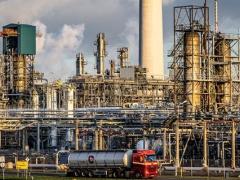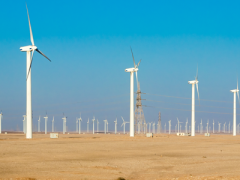Stabilizing greenhouse gas concentrations at low levels: an assessment of reduction strategies and costs
The study shows stabilization as low as 450 ppm CO2-eq. to be technically feasible, even given relatively high baseline scenarios. To achieve these lower concentration levels, global emissions need to peak within the first two decades.
Abstract
On the basis of the IPCC B2, A1b and B1 baseline scenarios, mitigation scenarios were developed that stabilize greenhouse gas concentrations at 650, 550 and 450 and – subject to specific assumptions – 400 ppm CO2-eq. The analysis takes into account a large number of reduction options, such as reductions of non-CO2 gases, carbon plantations and measures in the energy system. The study shows stabilization as low as 450 ppm CO2-eq. to be technically feasible, even given relatively high baseline scenarios. To achieve these lower concentration levels, global emissions need to peak within the first two decades.
The net present value of abatement costs for the B2 baseline scenario (a medium scenario) increases from 0.2% of cumulative GDP to 1.1% as the shift is made from 650 to 450 ppm. On the other hand, the probability of meeting a two-degree target increases from 0%–10% to 20%–70%. The mitigation scenarios lead to lower emissions of regional air pollutants but also to increased land use. The uncertainty in the cost estimates is at least in the order of 50%, with the most important uncertainties including land-use emissions, the potential for bio-energy and the contribution of energy efficiency. Furthermore, creating the right socio-economic and political conditions for mitigation is more important than any of the technical constraints.
More information
Authors
Specifications
- Publication title
- Stabilizing greenhouse gas concentrations at low levels: an assessment of reduction strategies and costs
- Publication date
- 25 May 2007
- Publication type
- Publicatie
- Magazine
- Climatic Change 2007; 81(2):119-59
- Product number
- 92007




